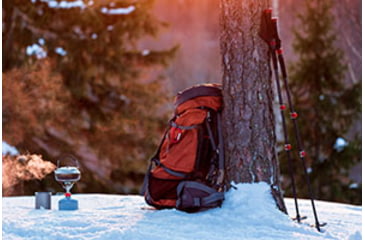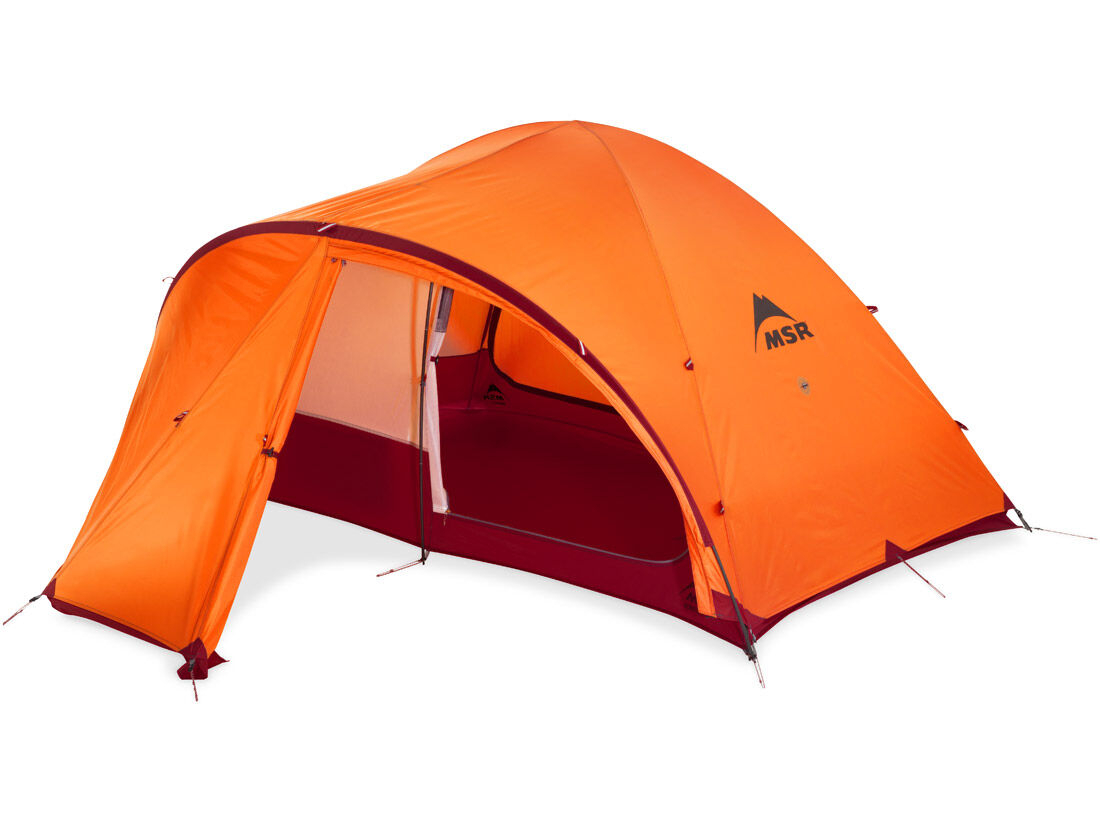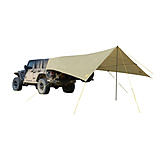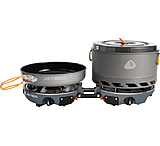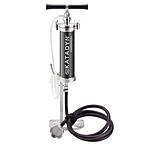As the snow blankets the landscapes, winter camping unveils a pristine, serene world waiting to be explored. However, the weather can turn with high winds and plunging temperatures. Winter camping isn't for the faint-hearted; it demands meticulous preparation and the right camping gear to ensure comfort and safety amid the cold. At OpticsPlanet, we want to ensure you have everything you need for a successful camping trip, so we curated this list specifically for winter camping from our top categories. Explore the essential winter camping equipment and tips for an unforgettable winter camping adventure.![]()
Winter Camping Tents & Sleeping Bags
Your sanctuary is a sturdy, 4-season tent designed to withstand inclement winter weather. Look for robust frames, snow skirts, and adequate ventilation. These camping tents are built for harsh conditions, including snow, strong winds, and low temperatures. They typically have stronger poles, reinforced fabrics, and better insulation. They're designed to retain warmth and withstand snow loading. Dome-shaped or geodesic tents better withstand heavy snow loads and strong winds. A shape that sheds snow easily and prevents it from accumulating on the tent is beneficial.
Opt for tents made from durable, weather-resistant materials like ripstop nylon or polyester. Tents with double or thicker layers, as well as those with insulated walls and floors, can better trap heat. Invest in a high-quality sleeping bag rated for cold to sub-zero temperatures complemented by an insulated sleeping pad. The sleeping pad serves as a crucial barrier between you and the frozen ground. Carry a lightweight emergency bivvy bag or shelter as a backup in unforeseen circumstances.
Cold Weather Layering and Clothing
The four layer system for winter camping is crucial for staying warm, dry, and comfortable in cold outdoor conditions. Utilize multiple layers to provide insulation, manage moisture, and shield against the elements. 
- Start with a moisture-wicking base layer of Merino wool or synthetic materials. This layer should fit snugly to wick sweat away from your skin and keep you dry.
- Over the base layer, add an insulating layer like a fleece jacket or down/synthetic insulated jacket. This layer traps heat close to your body and provides additional warmth.
- Depending on the temperature, add a mid layer, such as a softshell or insulated jacket. This layer should be easily removable to regulate body temperature as needed.
- The outermost layer should be windproof and waterproof to protect against snow, wind, and moisture. A good quality, insulated parka or a waterproof shell jacket and pants are essential.
- Remember accessories like a warm winter hat, neck gaiter, gloves, and thick wool socks. These help to retain heat and protect the extremities.
- Invest in insulated, waterproof boots that offer good traction for walking on snow or icy terrain—layer socks with a moisture-wicking base and a thicker insulating pair over them.
Remember, the goal is to stay warm without sweating excessively. If you start feeling too warm, consider removing a layer to avoid sweat, which can make you colder once you stop moving. Layering clothing allows flexibility, enabling you to adjust to changing weather conditions throughout the day. Always check the weather forecast and understand the specific conditions you'll face during your winter camping trip. Proper layering and high-quality, suitable gear are essential for a safe and enjoyable outdoor experience in the cold.
Outdoor Cooking and Camping Food
Choosing the right camping stove is crucial for winter camping trips due to colder temperatures and potentially harsh conditions. Liquid fuel stoves perform better in colder temperatures than canister stoves. The pressure in canisters can drop in cold weather, affecting their efficiency.
Winter Safety and Navigation Tips
Shorter daylight hours mean you must bring along several light sources to have light after dark. Headlamps are practical and keep your hands free when doing other tasks. Look for ones with adjustable brightness settings and long battery life. Grab some LED or solar-powered lanterns; just make sure your solar power lights get plenty of daylight or have a battery backup. Flashlights are always a must-have when you are camping as well. Also, always make sure that you bring extra batteries, as the cold weather can impact a battery's life. Bring fire starters for campfires to help get the flame going, as natural materials might be damp or frozen.
Winter camping requires extra preparation; you’ll want to make sure you have reliable navigation tools. A detailed topographic map of the camping area is indispensable. Combine it with a reliable compass and the knowledge of how to use it together. Ensure the map is weather-resistant and covers the specific area you'll be exploring.
A handheld GPS or GPS watch and an altimeter can be invaluable, especially in areas with poor visibility or when trails are covered in snow. An altimeter can help gauge your position in snowy terrain based on elevation changes. This is particularly handy when moving through areas with varying terrain and elevations. It's essential to carry spare batteries or a power bank to keep these devices charged in cold temperatures.
In case of emergencies or if you're in an area with poor cell reception, a satellite communicator can be a lifesaver. Devices like a SPOT or Garmin inReach allow you to send messages and SOS signals, providing a crucial link to help.
Brightly colored flags or markers can assist in marking your trail, especially if snowfall or low visibility makes navigation challenging. These markers can guide you back or indicate your intended path.
Always make sure that you equip yourself with a comprehensive first aid kit, including items specifically for winter-related injuries like frostbite and hypothermia.
Before embarking on your winter expedition, familiarize yourself with weather forecasts, trail conditions, and winter-specific safety protocols. Remember, preparation is the cornerstone of a successful winter camping trip.
Firearms and Ammo
If camping in a remote area, consider the possibly dangerous local wildlife, such as wolves, cougars, moose, or bears. If you're carrying a handgun or a rifle, select ammunition suitable for self-defense or protection against wildlife. For handguns, hollow point ammo is often recommended as it expands on impact, increasing stopping power while reducing the risk of over-penetration. While bears do hibernate, if you come across a bear den, walk away as quickly and quietly as possible. Choose a caliber that's appropriate for the local wildlife you might encounter.
Research the common species in the area and select a caliber known for its effectiveness against those animals. Bring an appropriate amount of ammo for your needs. Factor in potential emergencies or unexpected situations, but avoid overburdening yourself with excessive weight. Store your ammunition in a secure, waterproof ammo box to prevent moisture damage, especially in winter camping conditions. Be sure to check out our in-depth article on How to Store Guns & Ammo Properly in Cold Weather.
Adventure Is Out There - Try Camping in the Winter!
Embrace the challenge, gear up, and show nature who's boss. Winter camping isn't just an adventure; it's a test of mettle amidst breathtaking landscapes. Be sure to check out our other how-to guides on How to Select Cold Weather Gear, How to Shop for a Headlamp, and more! Stay warm, stay safe, and relish every moment of this rugged expedition!
